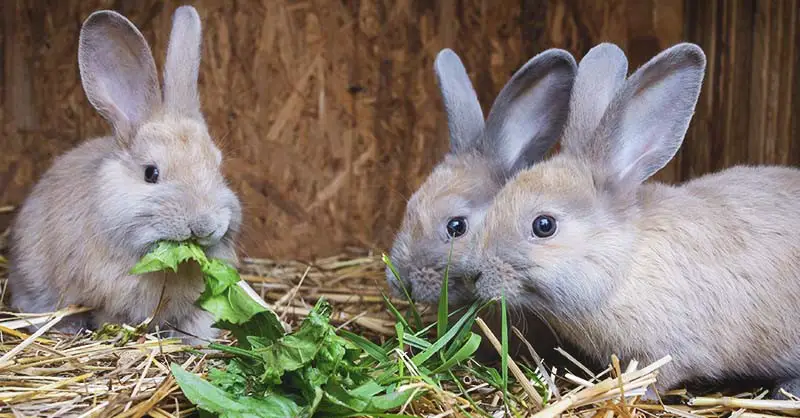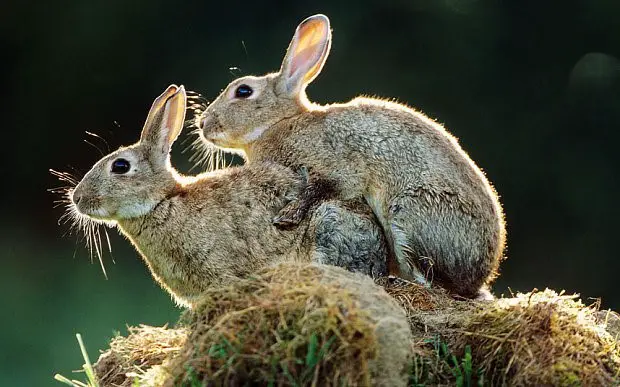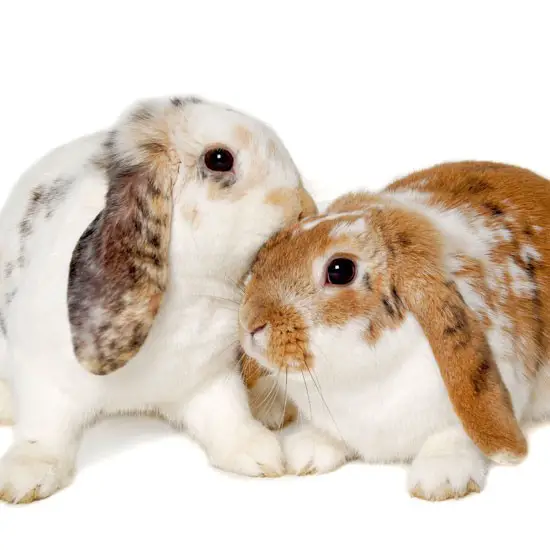Rabbits indeed have a higher rate of reproduction than any other livestock. They then turn to be sexually mature in just several months of giving birth. Surely, they have a short-term pregnancy period. They can best produce huge litters while staying unique in the re-breeding process after kindling. Following a breeding program, it is when a doe can have sixty-weaned young every year. Intensive breeding somehow may not be recommended. But, this is what we advised for most beginners.
Below is essential info that you must know with rabbit breeding.
When you set up a breeding system for the rabbits, you need to think about the purpose of raising them. If you want to raise them for the sake of meat, you may produce a lot of fryers. If you want more to show rabbits, you may have just a few litters every year. Time them to bring about a stock of the right age-specific for showing.
The schedules of breeding rabbits follow a seven-day interval to make recordkeeping convenient and easy. A lot of commercial producers of rabbit breed do fourteen to twenty-one days right after kindling. We recommend a thirty-five breed-back schedule in here. Reduce the interval between breeding and kindling while still gaining experience. Intensive form of breeding programs can increase the does put down or culled yearly because of “burn out.”
With whatever breeding schedule that you follow, check the condition of the rabbits. This also is before you even mater them. It is not a wiser decision having to mate a doe in its poor condition. That also is when one is nursing a large litter twenty-one days following kindling. This will only affect the reproductive performance of the mother rabbit. That’s when poor fertility became the result here. A high death rate or a small litter in the young is as well produced.
Make sure the doe is in its good health conditions. This will potentially limit the chances of problems. Mate at the same time, like twenty-eight to thirty-two days later. This will ensure that fostering the young is just easier provided that it is necessary.
It is expected that the does will produce at about 7 or 8 young in the litter. Nevertheless, they may have bigger or smaller litters. It will depend on the specific rabbit species.
Proper Age for Breeding
There are various breeds of rabbits that can reach their sexual maturity. This falls down to various ages. It’s when smaller breeds can turn to be sexually mature at an earlier time than the bigger breeds. The Polish or the small breeds can also be bred at about four to five months.
For the medium breeds like the Californians and New Zealand, they sexually mature at around six to seven months. The Flemish Giant, as among those giant breeds, should at least be at seven months of age before they are bred.
As for the female rabbit breeds, they must reach the level of sexual maturity at an earlier time as compared to males. Does of the same age can be produced than bucks. Better watch this video to become fully guided by the proper age for breeding among rabbits, (https://youtu.be/FLuJGyGTEHI).
Knowing the Mating Season
Once it does have become fully-receptive towards mating, they then become in heat. They would often act restless while rubbing their chins on the water and feed containers. They show their desire to be with other rabbits. As for the vulva of does, it becomes slightly swollen, reddish, and moist.
Now for a dry, pale, and small vulva, the doe is not yet ready for breeding. It may present itself while lying on its stomach or lifting its tail once touched. That’s in the case of it being in heat. Before the mating attempts, the doe and the buck must be examined both. They should fall in their good condition while freeing themselves from injury and disease.
Take the doe to the cage of the buck for mating. It is so far considered a territorial while when another animal is placed in its cage; it can become defensive. When a buck is also placed in another type of cage, it will take time to sniff around the cage. That is true even before the process of breeding the doe.
If the doe is now ready for the mating process with an experienced and active buck, the mating will now occur right away. Mating an inexperienced and young stock will demand more time as compared to mating just experienced breeders. In the completion of the mating process, it’s when the buck will fall over at the back or on the side.
Facing Breeding Issues

Rabbits tend to decline in their productivity level, especially in the late fall, summer, and just early winter. Both conception and reception rate decrease at this time. Choosing breeders from the stock that will produce well every year will bring about good production.
- Temporary Sterility. Exposing rabbits to temperature over 85-degrees Fahrenheit for five consecutive days bring about temporary sterility. This is true in regard to bucks. Even old bucks can become more exposed to heat as compared to younger bucks. They may remain sterile for sixty to ninety days. The good thing is that male sterility brought about by hot weather is reduced. We recommend that you breed bucks in the rabbitry. You should then mate them more often.
- False pregnancy or pseudopregnancy. This is a known condition of does that makes them look pregnant, but they are not. This is often the result of physical stimulation or sterile mating. This is because one is mounted by a rabbit causing such a physiological response on the part of the doe.
The pseudopregnancy can last for about seventeen days. This is when the doe will never breed. It may create a nest even if it is not expecting. Even if the condition may seem normal without bringing harm to the doe, it will then delay the breeding process.
- Incapable of Conceiving After Mating. One more reproductive problem occurs when the doe is not capable of conceiving right after mating. This is due to the reason that they already have been out of production or are overweight for a long time.
- Excessive and overweight. Excessive and overweight bucks can bring about a problem. This is due to the reason that they lack sexual desire, and they become lazy. Old age, poor physical condition, inadequate nutrition, injury, and other essential factors can bring about reproductive problems. As an owner of this pet rabbit, you must keep the breeding animal in a healthy, active, and trim condition. This will mean to say the best performance in reproduction.
Solve more of the breeding issues upon watching the (https://youtu.be/LLlY3swVaV4).
Breeding Meeting the Perfect Standard

Do not breed sisters to brothers when it comes to rabbits. Some combinations are just perfectly fine like a son to mother, daughter to father, cousins, and more. Provided that you have gained knowledge in the way that inbreeding works with genetics, it is recommended to not breed close pairs.
Mate only similar breeds together. This is also unless you want to get some meat rabbits with specific characteristics. This is also as you do genetic experiments, or you never care about the offspring and its fate.
Mate rabbits having the same breed and different colors. There are possibilities of combinations when it comes to mixing colors. What we suggest is for you to mate rabbits of the same color to begin off. This is also until you already know about the way that colors interact. Try to check this one out (https://youtu.be/3MADzpiNt9I) prior to breeding.
Conclusion
Breeding rabbits require an owner like you to become responsible at it. Prepare for the tears, smiles, laughter, and shock. Let others read this article and share it with them. You may have understood it clearly how long do rabbits breed. You can get ready with the entire breeding process!


